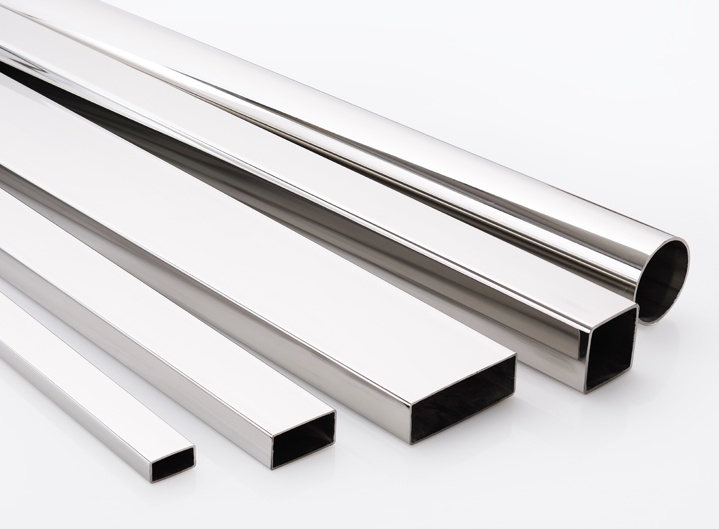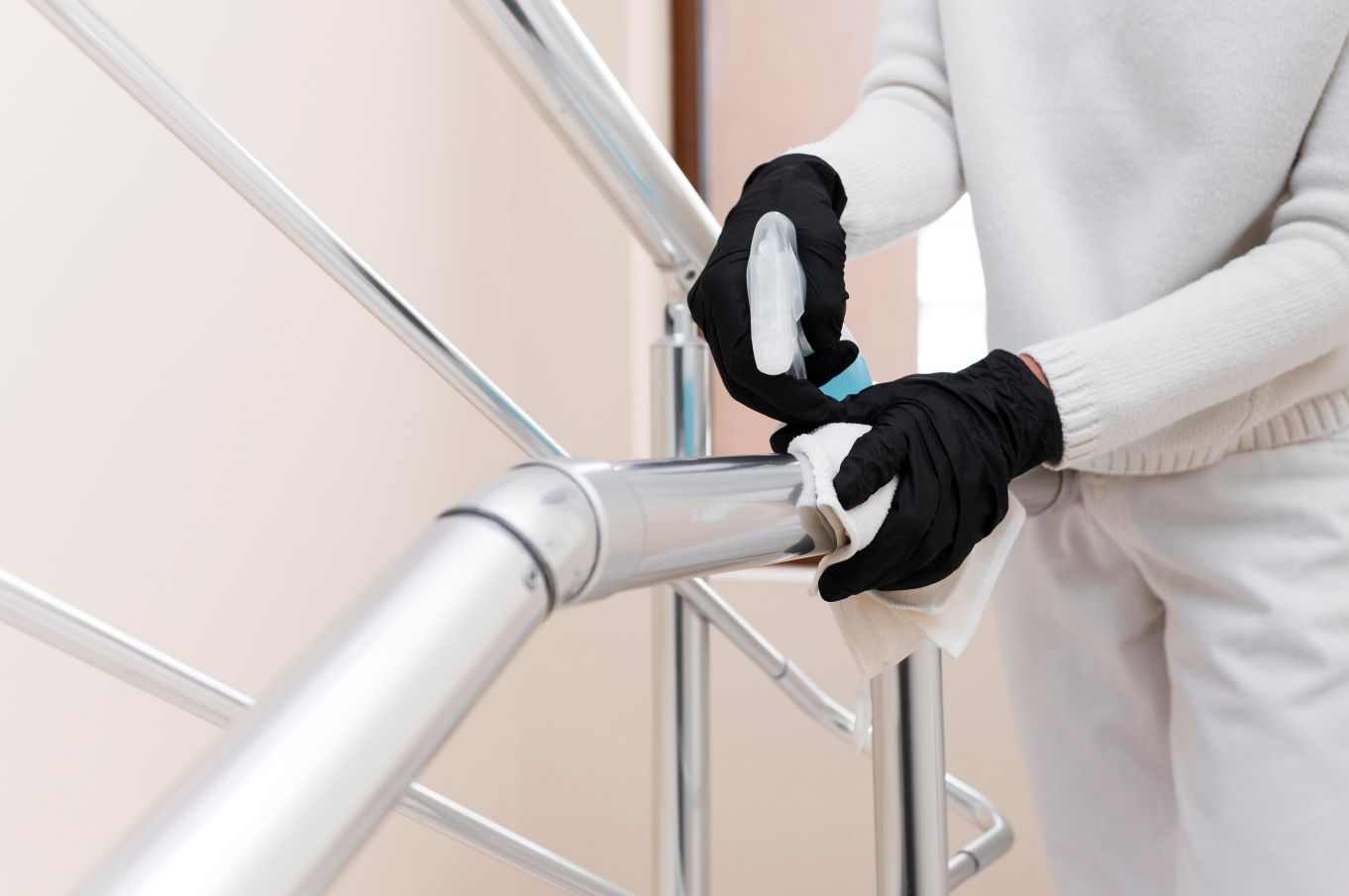Stainless balusters keep stains and dirt at bay. Steel’s smooth surface does the trick. It shrugs off dust and grime, so wiping it clean is easy. The finish stops muck from sticking. A quick swipe keeps it neat. Steel’s sleek look holds with little work.
Chromium makes stainless steel tough. It mixes with air to form a shield, which keeps rust and stains away. The metal handles chemicals well, perfect for rough spots. Balusters stay sharp for years. They need barely any care and just keep going.
Balusters last based on where they’re placed. Stainless steel stands up in most places. But damp or dirty areas, like near the sea or factories, can challenge it. If you don’t clean them, rust might show up. Keep that in mind.

Not all stainless steel is the same. Some grades last longer. Here’s a look:
Aluminum is light and works for lots of jobs. But it dents if hit hard, unlike stainless steel. It also dulls quicker. You might need a coating to keep it nice. It’s not as strong under stress.
Stainless steel is a beast. It takes hits and strain without breaking. Perfect for sturdy jobs like stair railings.
Iron looks cool and holds up okay. But it rusts fast if you skip upkeep. Stainless steel fights rust naturally. No need to paint or treat it often.
Stainless balusters mix toughness, style and easy care. The metal looks sharp, great for decor. It stands up to rough weather without bending or breaking. Folks pick it for homes or offices. It’s solid and looks nice.
High-end 316L costs more for its strength. Thicker pipes bump up the price too. They use more steel. 304 stainless is a good bet for long life. It fights rust and lasts, worth the cash.
Fancy shapes or patterns cost more to make and install. Polished or brushed finishes add to the price. But they make spaces pop.
Stainless balusters cost more than aluminum or iron at first. But they save cash over time. They need little care and last ages. Steel’s rust resistance means a long life. The upfront cost pays off.
YUHUA crafts top stainless steel tubes for cool projects, like balustrades. They make pipes, square tubes and rectangles in 201, 304 and 316L grades. They meet ASTM rules. Their stuff adds flair to buildings. It’s built to last.
Looks and strength matter in buildings. YUHUA gets both right, making tubes for homes, offices, eateries, hotels or tough factories.
YUHUA’s tubes fight rust with chromium and nickel, like in their SUS304 line. They offer brushed finishes that suit slick, modern buildings.
Their SUS304 Stainless Steel hits ASTM A554 standards. It holds up in damp or salty spots where other materials might fail.
YUHUA’s stainless pipes are tough but easy to use. They carry heavy loads, great for handrails or balconies, and keep things safe and look good. They fit right into designs.

For home upkeep:
In busy spots:
Rough cleaning can mess up balustrades. Steel wool or harsh chemicals scratch or weaken the rust-proof layer. Follow the maker’s cleaning tips.
Salty air by the sea speeds rust. 316L steel fights it well. It handles damp conditions, perfect for ocean or lake jobs. It resists rust and damage.
Washing with water clears salt. This stops harm and keeps balusters going.
Inside, balusters dodge dirt and damp. They don’t need much cleaning. But polished ones, like on stairs, can dull from dust. A quick wipe keeps them bright.

Q: Do stainless balusters rust over time?
A: High-quality grades like 304 or 316L resist rust very effectively under normal conditions; however regular cleaning helps maintain their protective oxide layer especially in polluted areas.
Q: Can stainless steel balusters be used outdoors year-round?
A: Yes—they’re designed specifically for year-round outdoor use thanks to their excellent weathering properties; just ensure periodic maintenance based on local environmental conditions.
Q: Are there different finishes available for stainless balusters?
A: Absolutely—we offer polished (mirror), brushed (satin), matte—and even custom textures upon request—to match your architectural vision precisely.